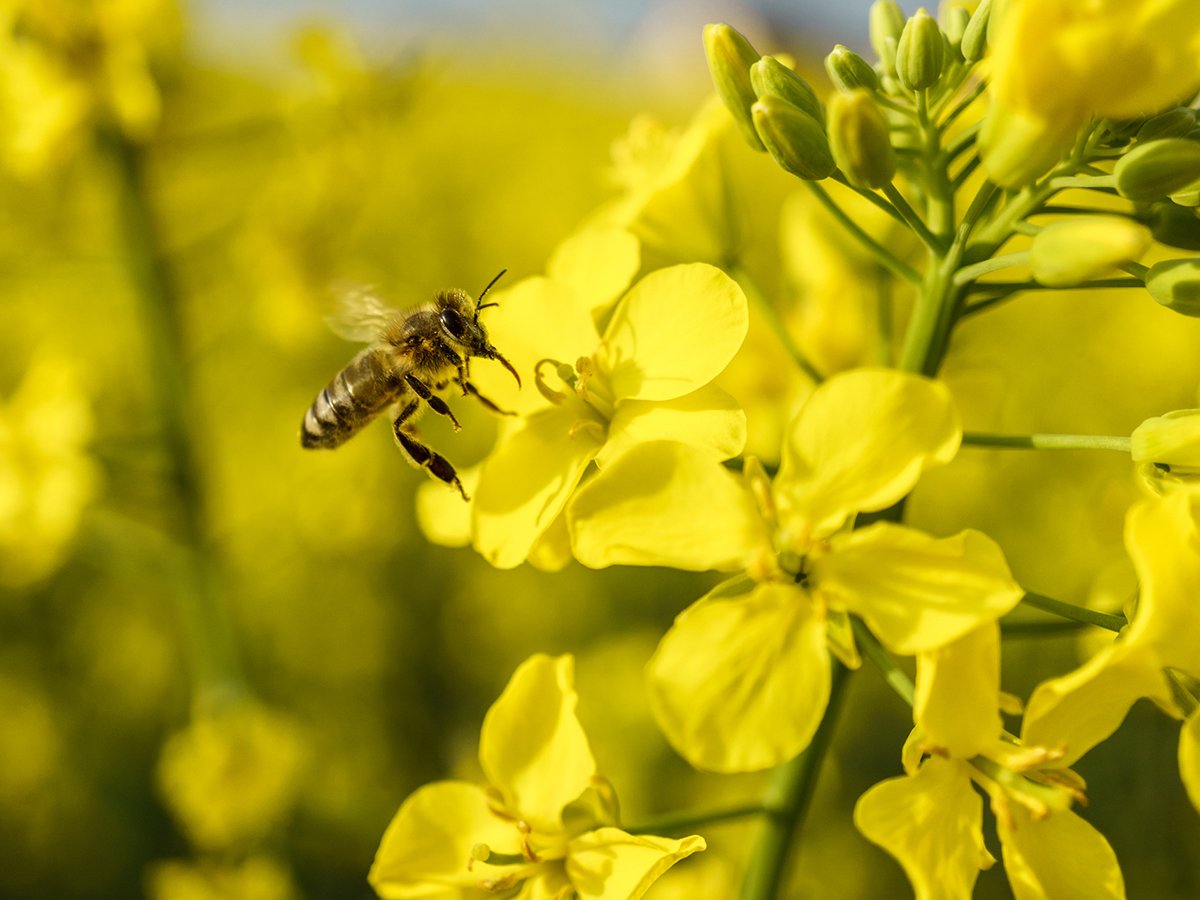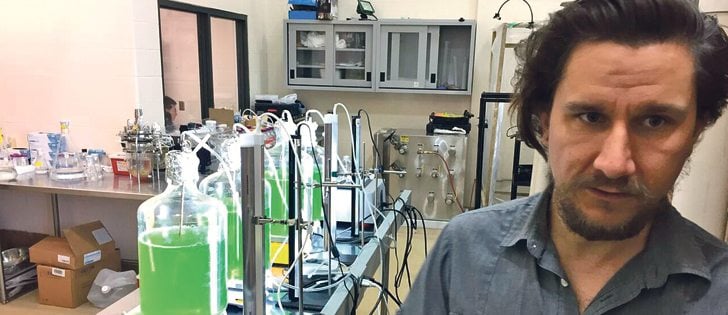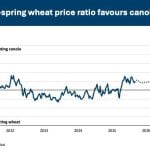Japan’s economy shrank at a 12.7 percent annual rate in the fourth quarter of 2008.
KABOOM!!!!!!!!
Oil producers around the world are mothballing facilities, scaling back new projects and putting off necessary maintenance.
KABOOM!!!!!!!!!!
Which one of these factors is going to have a bigger impact on the world commodity supply and demand balance? That’s a pretty big question and one with major implications for farmers, whose commodities are often pulled higher and dragged lower by the overall commodity complex.
The race to the bottom between supply destruction and demand destruction has been going on at a furious rate since last summer’s peak in commodity prices. I’ve been watching it closely for months, but it seems more like a marathon than the 100 metres. So far at least, demand destruction has been winning. Just look at all those idled cargo ships outside the world’s major harbours. Those are a very tangible proof of the fact that demand has fallen by unbelieveable levels. (The world has recently been celebrating the fact that some ocean shipping rates have doubled – to only 80 percent beneath peak prices!) Look at the abandoned oil projects, even here in safe and comparatively well capitalized Canada. For Canadian farmers’ sakes, let’s hope foreign farmers are similarly scaling back their fertilizer, pesticide and machinery purchases.
Read Also

Invigor Gold variety viewed as threat to condiment mustard
Invigor Gold, the canola-quality mustard developed by BASF, is on a collision course with Canada’s condiment mustard industry. It’s difficult to see how the two can co-exist.
Japan’s dramatic shrinkage as an economy has shaken the world today. An almost 13 percent decline hasn’t been seen in that advanced economy since 1974 and the aftermath of the “oil shock.” Britain’s economy shrank about 3.5 percent in the same period. That’s not good for demand of anything. When the rich folks in countries like Japan and England are becoming skint, imagine the situation in rinky-dink countries like Venezuela, where slumping oil revenues have taken the sheen – if not the political success – off strongman Hugo Chavez. (Murder and inflation may be out of control in Venezuela, but the populist army man’s bid to get a chance to be president for life got a big boost on the weekend when he won a referendum to allow him to run for a third six year term in four years.)
Japan’s slump as an economy was even worse in terms of exports, where outgoing shipments of Toyotas, Playstations and the other things we over here haven’t been able to buy enough of for the past few decades fell by 13.9 percent. That’s a punch in the jewels for an export-dependent economy. The way forward isn’t looking any better and wasn’t helped by the Yen rising after the economic contraction news came out. (Bad news about Japan, sure, but the Yen – like the U.S. dollar – is seen as a “safe haven” in an economic storm, and inflation in Japan is definitely off the table.)
That’s also killing the economies of oil-exporting nations, that today were forecasting higher prices for oil in the future because of all the oil projects they are cancelling. With oil at $38 per barrel, there aren’t many untapped sources of oil than can be profitably exploited. OPEC countries plan to cut output next month if prices don’t rise above $40, its leaders say. But of course, they’ve said that before and many of them have cheated on each other and continued to pump out oil to make up with volume what they’ve lost with price. These nations are, if anything, more damaged right now than the advanced nations of the West and aren’t able to take economic and social shocks as well.
The production and demand destruction race shows up in ag commodities in terms of people cutting back on food consumption, especially meat consumption, in bad times, and in farmers scaling back acres and inputs. The next three months will be crucial for the next year’s outlook because they will reveal the true damage to South American production because of drought and reveal whether North American, European and FSU farmers are seeding everything they can and maxxing out their inputs, or holding back in fear of slumping demand once the crop is seeded.
This race to the bottom of supply and demand is carrying farmers along with it, and right now there’s no clear signal as to who will be the winner after the next crop is harvested.















